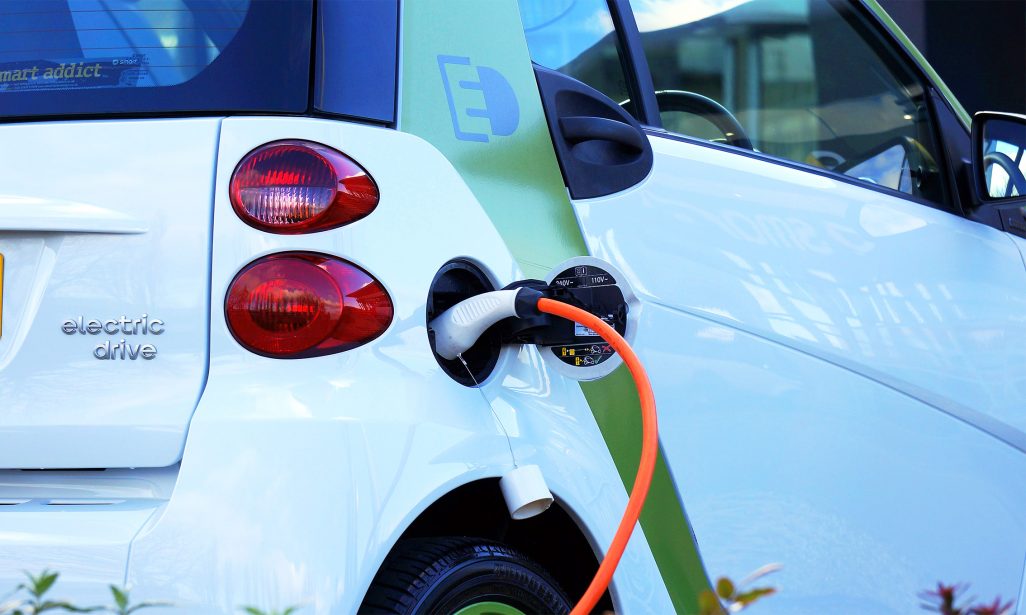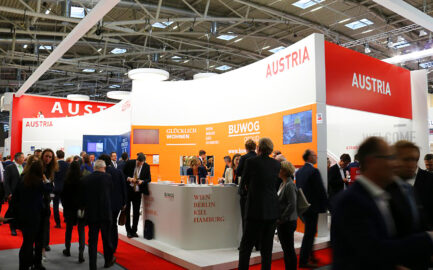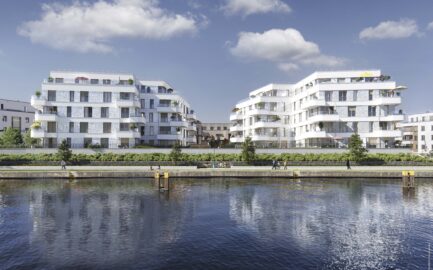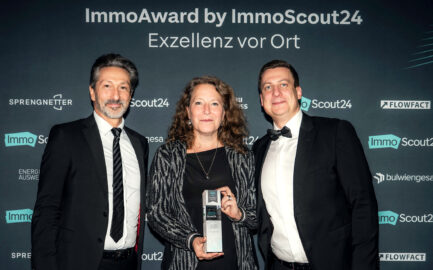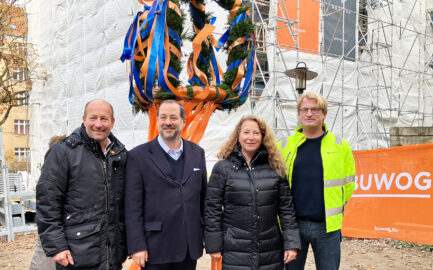Electromobility is spreading more and more. At least 600,000 electric cars are already on the road in Germany – and the trend is still on the up. The real estate industry also has a special responsibility to ensure that electric vehicles can also be recharged at a charging station at home. BUWOG is setting a good example in this respect.
Measuring and managing targets with ISO 50001
 By the end of 2020, BUWOG sought to increase the share of parking spaces that have their own charging station to 12 percent. This was stated in the sustainability targets adopted for new construction. The progress towards achieving the targets has now been reviewed as part of the ISO 50001 energy management system used at BUWOG. Good news: this corporate target has been achieved.
By the end of 2020, BUWOG sought to increase the share of parking spaces that have their own charging station to 12 percent. This was stated in the sustainability targets adopted for new construction. The progress towards achieving the targets has now been reviewed as part of the ISO 50001 energy management system used at BUWOG. Good news: this corporate target has been achieved.
And there’s more: in BUWOG’s current development pipeline, a total of around 29 percent of all parking spaces have already been pre-equipped for operation with a charging station. Quality Manager Dr Bojana Brunner is responsible for the sustainable energy management system and is pleased with the favourable progress:

“Electromobility is becoming increasingly popular and it is also becoming more and more important for buyers that the parking space is pre-equipped for the later operation of electric cars, etc. We’ve laid the right foundations here and very consistently made the issue a priority in the pipeline for new construction. So our thanks go to the entire development team, which pursues our sustainability targets across every new construction project and actively translates them into building solutions in BUWOG neighbourhoods”.
Target: 100 percent
Now it’s time to reach the next target, for which an expanded legal framework must be observed. The “Building Electric Mobility Infrastructure Act (GEIG)” recently went into effect and charts the course for this. Specifically: with the construction of new buildings or more major refurbishments of buildings with a certain number of parking spaces, infrastructure for charging stations for electric vehicles must be provided for in the future. The law aims to further improve the development of charging and wiring infrastructure for electric cars in buildings in the coming years. The target: 100 percent.
“Electromobility is becoming increasingly popular and it is also becoming more and more important for buyers that the parking space is pre-equipped for the later operation of electric cars.”
This might be also interesting:
Building for the future with wood
RIVUS, or: what are the possibilities of neighbourhood development?

